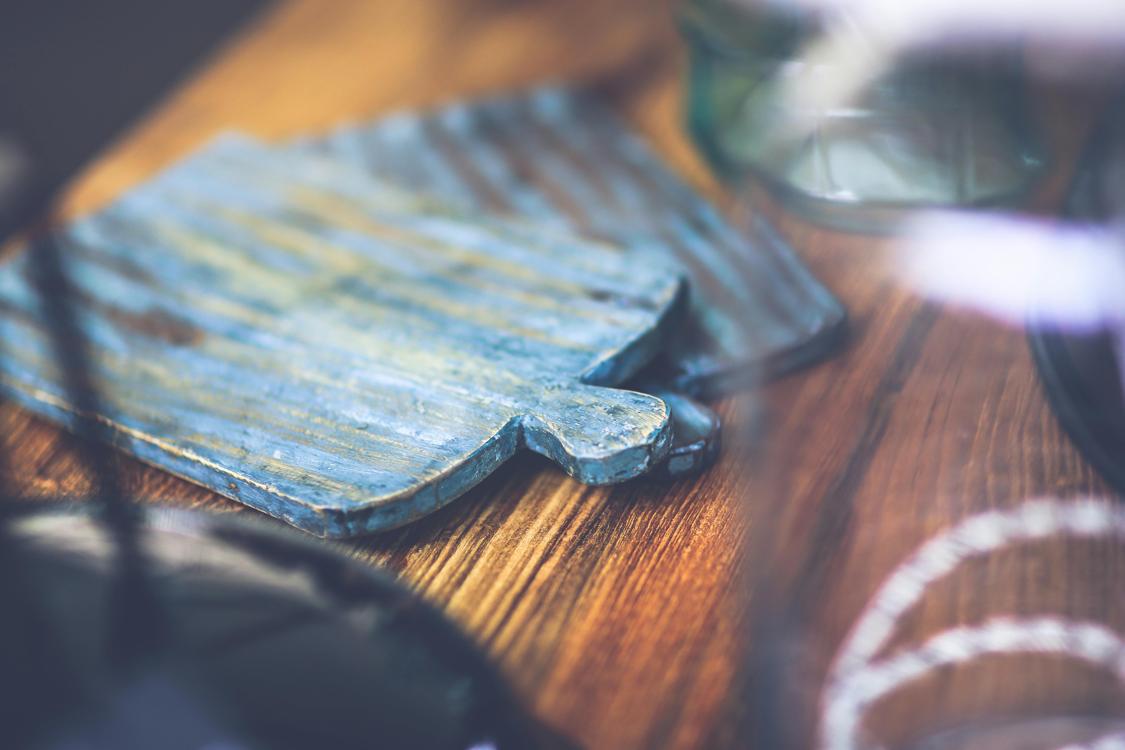The choice of cutting board is crucial to food safety. Unsafe cutting boards can transfer disease-causing pathogens and food allergens from one type of food to another, making people sick.
Choosing the right board material can be challenging. Different materials offer distinct advantages. This guide explores HDPE, PVC, and PP cutting boards to help you make an informed decision that aligns with your kitchen needs and personal values.
Chemicals
Many kitchens around the world use plastic cutting boards. These are a convenient, inexpensive alternative to wood boards that can be used for both raw and cooked foods. Some are also dishwasher safe and easy to sanitize. However, there are some things about plastic cutting boards that can be dangerous to your health.
Although many plastics are non-porous, this does not mean they can’t harbor bacteria in the small grooves and scratches that can develop on a cutting board after repeated use. This can lead to the growth of disease-causing microorganisms and contaminate food. In addition, plastic can also retain and hold on to odors from meat and fish which can then be transferred to other food items.
When it comes to food safety, the most important thing is to thoroughly sanitize your cutting board after each use. This means using a strong disinfectant, scrubbing and then drying your cutting board. You should then rinse it well and dry the surface completely before storing.
Some of the most common types of plastics used in cutting boards are polyethylene (PE), and high-density PE. These plastics can release endocrine disruptors, such as Bisphenol A (BPA) into food when they come in contact with hot liquids and acidic ingredients. This can cause a variety of health problems, including reproductive issues and hormonal changes.
There are some plastics that claim to be safer, such as those made from plant-based bioplastic derived from renewable natural resources. However, this type of plastic can be prone to swelling and warping and may not be heat or moisture resistant. Additionally, some of these boards may contain antibacterial chemicals such as triclosan, which is an endocrine disruptor and can promote the development of antibiotic-resistant germs.
When choosing a cutting board (a good one being this live edge cutting board), choose one that is made of natural materials such as wood, ceramic or glass. Avoid those that have been soaked in resins and chemicals such as polyvinyl acetate, which can leach harmful toxins into your food. If you want to keep your current plastic cutting board, look for a brand that is BPA free and phthalate-free.
Bacteria
Cutting boards are notorious for facilitating cross-contamination of foods. This can lead to foodborne illness such as Campylobacteriosis. While a lot of people assume that wooden cutting boards are safer because they dull knives less, it is actually plastic that is more prone to contamination. This is because plastic is non-porous, and therefore can be harder to sanitize than wood. However, it also depends on how the board is used and how often it is cleaned.
As you cut food on your plastic cutting board, you leave behind little pieces of plastic. As these bits of plastic collect in the grooves and scores from your knife, bacteria can start to grow down in them. These bacteria can be difficult to wash away, especially if the groove or score is deep.
The best way to keep your plastic cutting board safe is to use it on only one thing at a time, and to rinse and wipe it with a disinfectant after each use. This will help to prevent the build-up of bacteria. You should also make sure that the board is dry before storing it. This will help to prevent the growth of mold, which can also be hard to clean.
Bacteria from food can also cling to plastic boards, and may contaminate other foods that you prepare on it. To avoid this, you should use a food-safe disinfectant to clean your plastic board. Alternatively, you can use a high-temperature dishwasher to sanitize it.
In a recent study, scientists tested the microbiology of both wooden and plastic cutting boards. They inoculated blocks of both materials with Escherichia coli (two nonpathogenic strains plus type O157:H7), Listeria innocua and Salmonella typhimurium. When these were later soaked in nutrient broth or chicken juice, the bacteria were easily recovered from the plastic surfaces. In contrast, the bacteria were not found to be alive in the wood surfaces.
In addition, the texture of a wooden cutting board may help to reduce the amount of microplastics that is released when you chop food. This can reduce the amount of plastic that is ingested by you and your family.
Cross-Contamination

The primary purpose of a cutting board is to prepare food, which requires it to come into direct contact with raw meats and other potentially dangerous foods. If not properly cleaned and sanitized, a cutting board can become a breeding ground for harmful bacteria that cause foodborne illnesses. These illnesses can range from mild to severe and may even be life-threatening.
When a cutting board is used to cut both raw and ready-to-eat foods, the chances of cross-contamination are high. If you chop raw chicken and then use the same board to slice a tomato, the juices from the raw chicken can come into contact with the surface of the tomato, spreading the bacteria to it. This is called cross-contamination and can result in the spread of pathogens like E. coli, Listeria, and Salmonella that can cause serious (and sometimes life-threatening) health issues.
Plastic cutting boards are generally believed to be safer than wooden ones because they’re nonporous and easier to sanitize. However, studies have shown that plastic can harbor bacterial contamination just as well as wood. The reason for this is that with regular use, plastic can develop cracks, crevices, and knife scars, all of which are ideal hiding places for germs.
In addition, if a plastic cutting board is placed in a dishwasher, it can be subjected to high temperatures and lengthy soak times that can damage it. As a result, the board could develop splinters or emit a mild odor, both of which are signs that it needs to be replaced.
The key to ensuring your plastic cutting board is safe is to regularly clean and sanitize it after each use. Wash it with hot, soapy water and a scrub brush to remove visible food debris and stains. Then, rinse it thoroughly and sanitize it by immersing it in boiling water or chemical sanitizer. Finally, dry the board completely before using or storing it to prevent the growth of mold and other microorganisms. This simple routine will keep your cutting board free of harmful contaminants and keep you healthy in the kitchen.
Maintenance
Everyone knows to prepare food only on a clean, sanitized surface. It’s also important to use separate cutting boards when preparing raw meat and other foods, as cross-contamination can cause campylobacteriosis, E coli, salmonella and other illnesses. The type of material your board is made from may have an impact on how well it can be sanitized.
Plastic is nonporous, which makes it easier to sanitize. However, it’s also much more likely to develop grooves and stains, which can harbor bacteria and make it difficult to remove them completely. If you notice your plastic board has deep grooves, you should consider replacing it.
Another concern is the presence of toxins in plastics like BPA, phthalates and PFAS. These chemicals migrate from the plastic to your food. This can cause health issues like endocrine disruption, hormone problems and reproductive system damage. If you’re concerned about phthalates and other contaminants in your kitchen, you may want to look into wooden or bamboo cutting boards.
Whether you’re using a plastic or wood board, it’s important to scrub them with hot soapy water after each use and let them dry completely before storing. Scrubbing with a scrub brush is a good idea to get into all of the grooves and cracks in the board. For particularly stubborn stains, you can use hydrogen peroxide. This natural, safe bleach solution is a great stain remover, surface brightener and bacteria killer. It’s also safer for your hands and surfaces than chlorine bleach, which is toxic to inhale, corrosive to surfaces and irritating to the skin and eyes.
It’s important to replace your cutting boards on a regular basis. A new board is more durable and easier to sanitize than an old one. When choosing a new board, consider its durability, stain and warping resistance, knife marks and grooves, weight and size. In addition, check if it’s dishwasher safe and has antimicrobial properties. It should also be easy to sanitize and disinfect, which is important for the safety of your food. If you’re looking for a replacement, consider buying a board made from an eco-friendly material, such as bamboo or cork.





